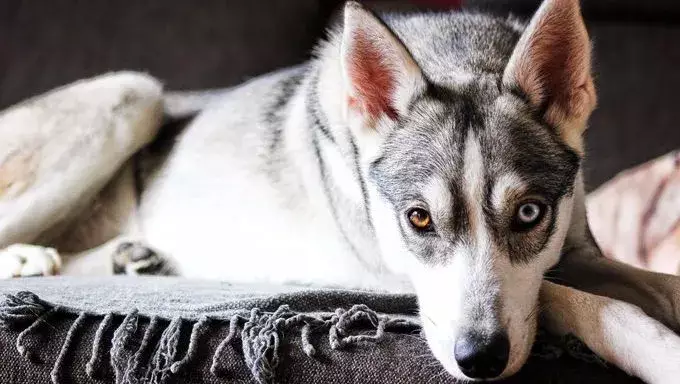A dog’s coat is more than just a beautiful exterior; it serves as a vital indicator of overall health and wellness. Observing a dog’s fur and skin can reveal critical insights into their condition. A lustrous, shiny coat is often a reflection of a well-nourished pet, while dull or coarse hair can signal underlying health issues. Therefore, pet owners should take the time to familiarize themselves with what constitutes a healthy coat, ensuring they can spot any changes early on.
When examining a dog’s coat, it’s essential to utilize multiple senses. Touch is an immediate way to assess coat health; a well-maintained coat should feel smooth and pliable. Even breeds with coarse or wiry fur, such as Terriers, should exhibit a certain degree of softness without brittleness. A rough texture can be a sign of dryness or damage, indicating that it may be time to address nutrition or grooming practices.
In addition to touch, visual assessment plays a crucial role. A healthy coat will have a vibrant sheen, bouncing with life rather than lying flat. If the fur appears lifeless and dull, it could be a sign that your dog needs dietary improvements or that there are environmental factors to consider.
The olfactory sense may be less acknowledged but is equally significant. While it’s normal for dogs to have a bit of scent, any strong odors—whether rancid, oily, or sour—may indicate that bacteria are thriving on the skin, often due to imbalances in the dog’s health. Foul smells can signal issues such as flea bites, excessive oiliness, or skin conditions, thus warranting immediate attention from a veterinarian.
One of the most critical factors in achieving and maintaining a stunning coat is a well-rounded diet rich in essential fatty acids, vitamins, and the right proteins. Pet owners should look for dog food where the primary ingredient is a high-quality source of protein such as meat, poultry, or fish, avoiding those with fillers like corn or wheat as the main components.
Incorporating fish oil or other fatty acid supplements may also contribute to a healthier coat. However, it is important to consult with a veterinarian before introducing new supplements to ensure they fit well into the dog’s overall dietary requirements. Nutritional changes may take time, often weeks to months, before visible improvements can be noticed in the coat’s appearance and feel.
Regular grooming is an excellent strategy for managing a dog’s coat health. Brushing helps to remove loose hair and dirt while evenly distributing natural oils from the skin. Using a soft-bristled brush can enhance the shine of the coat and keep it looking vibrant. Additionally, consistency in grooming routines can help uncover any irregularities that may require further attention.
Flea control should not be underestimated, as pests can severely affect a dog’s coat by causing irritation and potential infections. Adhering to a monthly flea prevention schedule with veterinarian-recommended products can maintain the overall health of your dog’s skin and coat.
Should any signs of coat problems arise, such as excessive shedding or the development of hot spots—areas of moist eczema caused by bacterial infections—prompt intervention is vital. While some shedding is natural, significant changes can indicate underlying issues that require veterinary assessment. Being proactive in maintaining your dog’s grooming schedule, especially during shedding seasons, can mitigate these concerns.
Conditions like hot spots are particularly common in dogs with thick fur, necessitating extra care in grooming to prevent matting. These infections often escalate quickly, leading to discomfort for the dog, so early intervention is essential.
Pet owners play a crucial role in managing their dog’s coat health through careful observation, proper nutrition, dedicated grooming, and timely veterinary consultation. By fostering a proactive approach, you can ensure that your furry friend maintains a beautiful and healthy coat, reflecting their overall well-being. Make regular inspections a part of your pet care routine, and don’t hesitate to consult your veterinarian when you notice something amiss. Your dog’s vitality starts with their coat, and keeping it vibrant is a rewarding aspect of responsible pet ownership.

